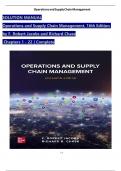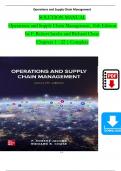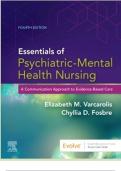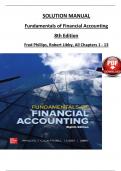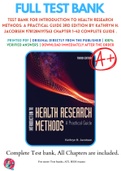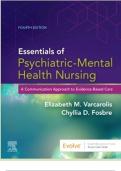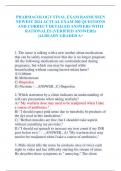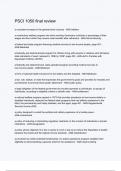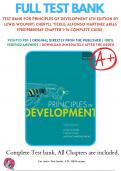Exam (elaborations)
TEST BANK For Operations and Supply Chain Management, 16th Edition by F. Robert Jacobs and Richard Chase, Verified Chapters 1 - 22, Complete Newest Version
TEST BANK For Operations and Supply Chain Management, 16th Edition by F. Robert Jacobs and Richard Chase, Verified Chapters 1 - 22, Complete Newest Version TEST BANK For Operations and Supply Chain Management, 16th Edition by F. Robert Jacobs and Richard Chase, Verified Chapters 1 - 22, Complete Ne...
[Show more]
